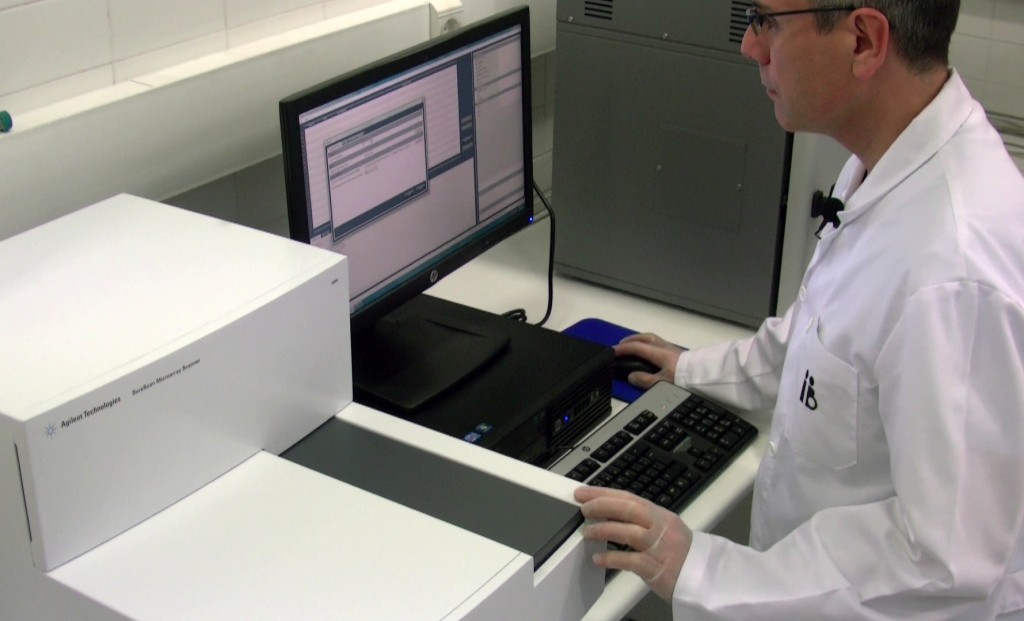
PGD /PGTA Array-CGH: Discovering the miracles of the embryo
New technologies are making extraordinary progress in fertility diagnostics. One of the latest advances incorporated into the range of diagnostic techniques is called array-CGH.
This genetic test allows us to analyze our cells’ DNA to limits that years ago we would have considered pure science fiction.
The human genome is made up of 46 chromosomes: 23 from the father and 23 from the mother. All of our organism’s genetic information is stored in these chromosomes. The excess or defect of any chromosome region may be responsible for certain diseases or fertility problems, such as implantation failure or recurrent miscarriages.
Until now, the possibility of analyzing our genome was very limited. There were essentially two most commonly used techniques:
- FISH: the use of fluorescent probes allows us to analyze the presence or absence of a single chromosomal region.
- And the karyotype, which reveals the number and structure of the chromosomes.
The Array-CGH is much more sensitive and efficient than the conventional karyotype and allows us to reach diagnostic levels that are 10 times higher than the karyotype.
For example, we could say that the karyotype is the “general map” of our chromosomes in which we can only see the highest mountains and the largest rivers, whereas the Array-CGH would act like a zoom that would greatly expand the resolution of our map so that the smaller mountains and rivers and would become visible. This means that the chromosomal analysis through Array-CGH allows us to detect chromosomal abnormalities that would be imperceptible in the karyotype.
The Array-CGH technique analyzes the complete genome of an individual looking for gains or losses of genetic material. In other words, the Array-CGH allows us to identify duplications or absences of small chromosomal regions that the karyotype is not able to detect.
With an Array-CGH analysis, the DNA problem is marked in fluorescent green. In parallel, a DNA control (without any chromosomal abnormality) is marked in red.
The mixture of the two fluorescent labels is hybridized against a DNA “chip”. This chip or array contains a collection of molecules of DNA that sweep the entire human genome.
The result of hybridization is analyzed by a scanner. When the DNA content is normal, the scanner detects the colour yellow, which is combination of red and green. But if a certain chromosomal region is in excess or defect, the scanner will detect the colour green or red respectively.
There are several applications to this technique:
To select the embryos that did not implant or caused a miscarriage in an IVF cycle due to alterations in the chromosomes.
- Prenatal diagnosis:
To identify possible chromosomal alterations in foetuses in which anomalies were detected by ultrasound.
- And the complete molecular karyotype for couples with fertility problems due to unknown causes.
Nowadays, the Array-CGH is a highly promising diagnostic and therapeutic tool, since it allows us to identify chromosomal alterations that could not be detected by other techniques. It therefore offers a solution to many couples that come to our clinic in their search for a healthy baby of their own.
Dr. José A. Ortiz, biochemist of Instituto Bernabeu
